Search Images
Browse Content (p. 949)
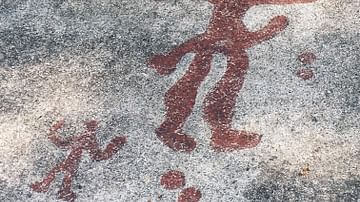
Image
The Begbyman
One of the most famous petroglyphs at The Begbyfelt in Østfold, Norway, depicts a humanlike figure, The “Begbyman”. The petroglyph is categorized as an "Agricultural carvings”, and is believed to have been made between c. 1800 BCE and c...
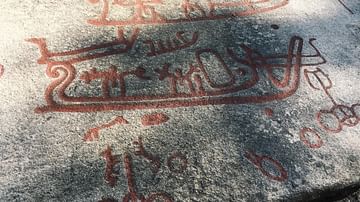
Image
Petroglyphs at The Begbyfelt
A collection of petroglyphs at The Begbyfelt in Østfold, Norway. The Petroglyphs are categorized as "Agricultural carvings”, and are believed to have been made between c. 1800 BCE and c. 400 CE.

Image
The Hunnfelt
Stone circles and mounds at The Hunnfelt in Østfold, Norway. Dating from c. 500 BCE to c. 900 CE.
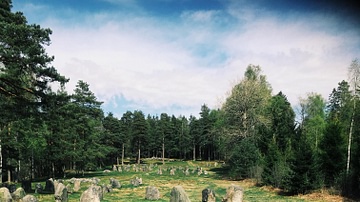
Image
Stone Circles at The Hunnfelt
View of the nine stone circles at The Hunnfelt in Østfold, Norway. Dating from c. 500 BCE to c. 900 CE.
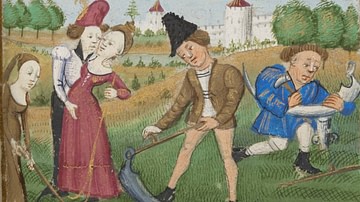
Image
Medieval Tenant Farmers
Labours of the month - June
Illustration from a 15th-century CE manuscript
Genève, Bibliothèque de Genève, Ms. lat. 33, p. 5r – Book of Hours
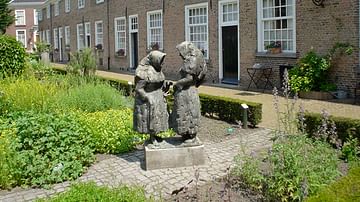
Image
Beguinage
Begijnhof, Breda, The Netherlands.
The Beguines were all devoted women who lived lives of poverty, good works, and charity but were not nuns and could leave the group whenever they chose to.
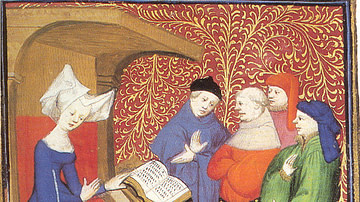
Image
Christine de Pizan
From a compendium of Christine de Pizan’s works commissioned in 1413 CE, produced by her scriptorium in Paris. The British Library. Harley 4431, f.259v. Christine de Pizan (also known as Christine de Pisan, l. 1364-1430 CE). was the first...
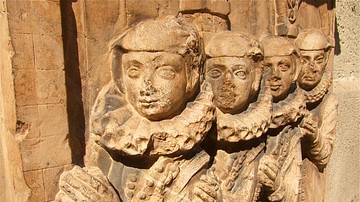
Image
Medieval Women
Detail of carving at Peterskirche, Munich.
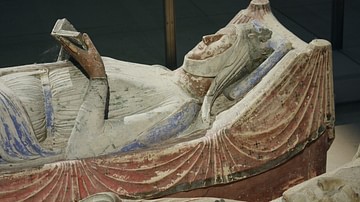
Image
Eleanor of Aquitaine
Effigy of Eleanor of Aquitaine, Fontevraud Abbey, France. Eleanor of Aquitaine (l. c. 1122-1204) was one of the most powerful political figures – male or female – in the Middle Ages as a whole. She was the wife of Louis VII of France (r...

Image
At the Gates - Winter Screenshot
Screenshot of winter in the computer game At the Gates by Conifer Games.